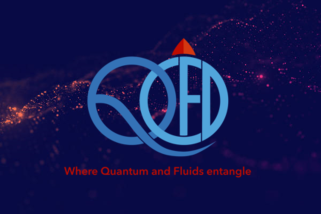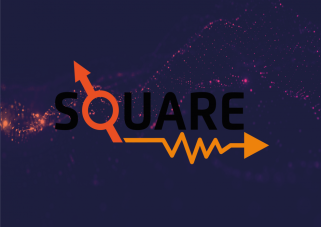
Quantum Communication
Quantum communications encompasses a wide range of technologies and applications and faces some of the most demanding challenges for quantum technologies, such as the development of a pan-European, even global, quantum communications network.
Quantum communication encapsulates a vast array or technologies and applications that range from state of the art laboratory experiments to commercial reality. It has some of the most mature quantum technologies in quantum key distribution (QKD) and quantum random number generators (QRNG) as well as facing some of the most demanding challenges for quantum technologies, such as developing a pan-European quantum communication network, even a global network.
Given the maturity of some areas of quantum communication, the field has a long history of bringing academia and industry together, with working with a wide range of engineers, and more – it is by necessity a highly multi-disciplinary field. The figure here shows a snap shot of just some of the enabling and underlying technologies, the challenges, and the applications.
In terms of the quantum technologies, photonics plays a central role ranging from classical, nonlinear and quantum optics, to light-matter interactions; themes that historically have been more associated with basic research, which are increasingly moving out into the real world and everyday life applications. Integrated photonics is playing an important role here in making these devices and systems more robust, compact and cheaper, thus facilitating their exploitation in not only quantum communication but in computation and simulation as well as sensing and metrology . You can find out about the other technologies, photonic sources and detectors , as well as quantum memories and interfaces.
In terms of applications, it is sometimes considered that there is “only” QKD, but this is really an underlying tool. An increasing number of security applications are being built on this beyond simply secret key distribution, such as ensuring the long term security of stored health records and data in general. Similarly, QRNGs “only” generate random numbers, albeit very good random numbers that are also private. These have found unexpected interest from the gaming industry but are also proving to be an important element in securing our infrastructure such as energy grids.
The future holds even more potential, but it also presents more challenges. Developing more complex system based on and exploiting entanglement will allow quantum resources, such as qubits, entanglement and randomness to be distributed over pan-European distances for what is being called a Quantum Internet. First we need to develop the technology for distributing entanglement over long distances – here the solution for our fibre networks is the quantum repeater , which at its heart requires elements that can store quantum states. Similarly, to tackle even longer distances and the idea of a global quantum network, satellite-based schemes will need to be developed – the feasibility of this was recently demonstrated with a link between China and Austria. This can all play a role in QKD, but there is also a vision to connect these to distributed sensors in sensor networks, telescopes for astronomy, and quantum clocks for improved timing precision.
Quantum communication has vast potential to impact in so many areas of our daily lives it is hard to imagine where we’ll be in ten years time, but the Quantum Flagship will certainly make a huge impact in bringing this vision to reality.



